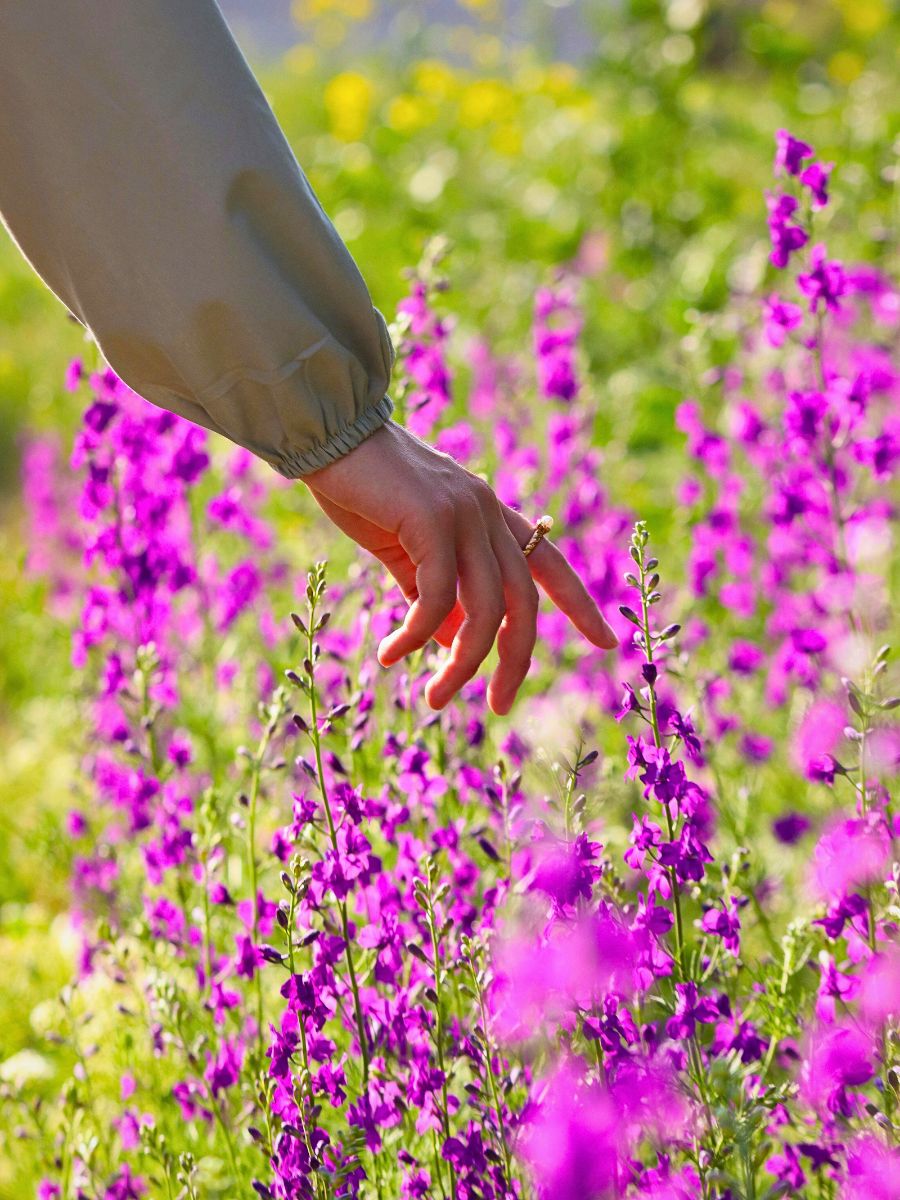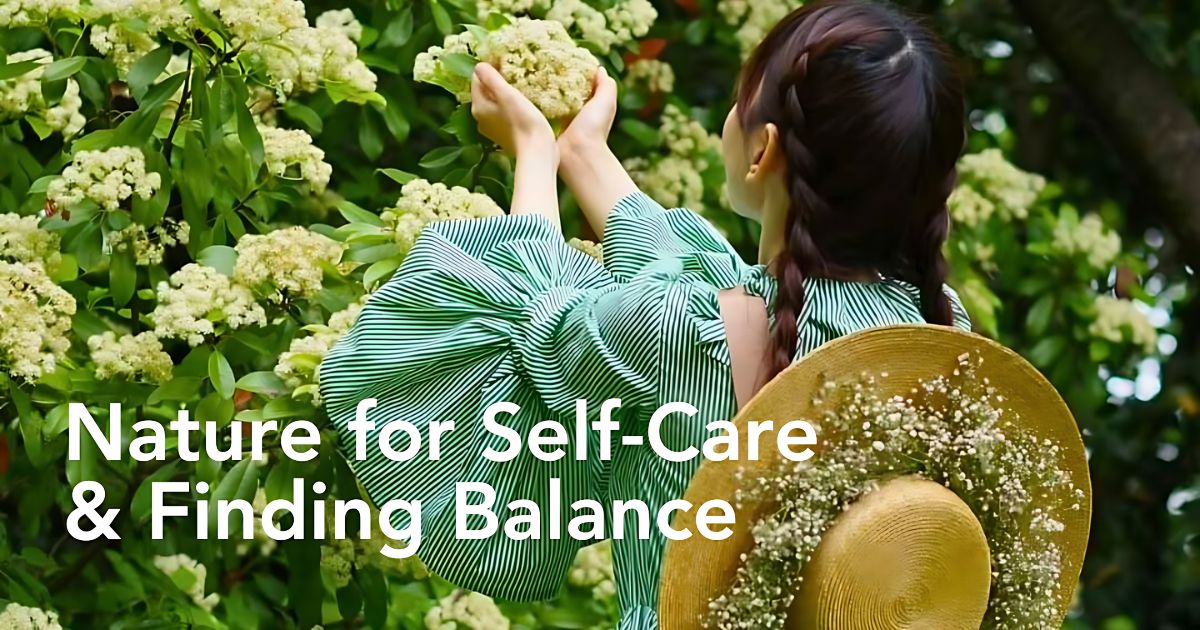Seasons change without fail. They shape the world in rhythms that have persisted even before the modern hustle took over. More than just weather and landscapes, these shifts offer a chance to recalibrate emotionally.
Just as plants adjust to the sun's angle or rainfall patterns, people can tune in to seasonal cues to build stronger emotional health and well-being. One may, perhaps, wonder how observing nature’s cycles, primarily through plants and flowers, offers guidance toward greater emotional balance throughout the year. It does. And in different ways.
Nature’s Cycles and Human Experience
Nature follows a practically predictable pattern of growth, rest, shedding, and renewal. Trees shed leaves in autumn to conserve energy, retreating inward during winter. When spring arrives, new growth appears. This cycle of preparation and renewal mirrors human experience more closely than people often realize.

When you observe trees losing their leaves or flowers retracting petals at the end of a season, it is a form of letting go. It is a form of release. Such processes are natural and necessary. The trees or flowers do not resist the season or cling to their leaves out of fear. They let go, trusting the process.
People could also learn by recognizing the need to let go of old habits, emotions, or lifestyles that no longer contribute positively. The process is hardly ever easy, but adopting nature’s quiet acceptance can ease the emotional burden.
Many spend too much time trying to control their environment that they forget that they are merely part of nature's rhythm, too. With air conditioning in the summer, heating in the winter, and artificial light as it gets dark, humans attempt to create a perpetual spring for themselves.

But their bodies and minds have not evolved for such eternal sameness. They crave the ebb and flow of seasons. And when they ignore that pull, they miss out on nature's in-built system for building emotional resilience.
What Do the Seasons Say?
The spring season arrives after months of cold weather. Its first green shoots breaking through the soil feel promising. Spring is all about beginning again, even after periods that felt impossibly hard. Tulip bulbs that lie dormant all winter suddenly push through thawing ground; perhaps, saying hibernation (rest) is not failure, but preparation.
Then, many people feel more energized and hopeful. Increased daylight triggers the production of serotonin, naturally lifting moods. But spring also offers psychological benefits. Watching cherry blossoms return or observing birds build nests provides a sense of momentum.

This season encourages activities that stretch comfort zones, taking advantage of the natural energy boosts. Fresh greens appearing during this time also aid in physical detoxification and renewal, supporting the close connection between physical health and mental well-being.
Summer is nature's extrovert. Gardens overflow, days stretch long, and everything seems possible. This is the season for action, putting energy into the world and watching what grows. Sunflowers turn their faces toward the light all day, seeking what it is that nourishes them. That’s a metaphor.
Summer is all about making hay while the sun shines, not about toxic positivity or the idea that every day should feel like a vacation. It is about recognizing when one has more capacity, using those periods to try new things, and storing up good memories. The longer light hours naturally encourage social connections and outdoor activities that ground one in the present.

Autumn is gorgeous precisely because it is about release. Those gold and crimson leaves are evidence of healthy adaptation. Gardening during this season, clearing fallen leaves and preparing beds for winter, connects one to the moment while encouraging acceptance of cycles outside one’s control.
For humans, this season could be about shedding what no longer serves one. Watching deciduous trees strip down to their essential structure each fall is quite akin to (sometimes) getting back to basics for clarity. Plants coming into season during this time support warmth and energy conservation, preparing one physically, psychologically, mentally, and emotionally for the quieter months ahead.
Modern culture treats winter as something to endure rather than experience. But perennials know better. They are not dead in winter; they conserve energy and develop stronger root systems underground. Consider perennial flowers, for instance, they may disappear completely but return stronger the following year.
If you struggle with periods of low energy or motivation, winter's example offers relief from the pressure, providing natural pauses. When days shorten, focusing on rest, reflection, and reconnecting with friends and family makes emotional sense. Indoor plants can play a perfect role here. Having a few leafy companions around during the grey, colder months and caring for them creates a nurturing routine and quiet mindfulness practice that reduces stress and grounds emotions.

Nature’s Rhythms as Emotional Anchors
Activities connected to nature during seasonal change can act as steady points in the whirlwind. Gardening, for example, involves waiting, observing, and responding, which are all skills that can improve emotional patience and tolerance. Preparing soil in early spring or clearing autumnal leaves in fall connects one to the moment while encouraging acceptance of the seasonal cycles.
Plants and flowers, themselves in their different stages, from buds, full shapes, to fading petals, offer more than just visual pleasure. Observing their life pattern encourages a respectful attitude toward change and impermanence. Watching over them shows how growth occurs over time, and not instantly.

Some shift their growing patterns, others slow down to conserve resources, and some even bloom under moonlight if daylight hours are not favorable. That shows flexibility when conditions change. Acknowledging this can reduce anxiety around times when energy or motivation feels low.
Likewise, simple walks outside, noticing how the sun warms your face differently as the year moves along, or smelling the dampness after rain, stimulate sensory awareness. These interactions calm the nervous system and offer a break from the constant mental noise, which tends to increase stress. Even local, seasonal foods often contain nutrients the body and mind need at particular times of year.

For example, specific root vegetables in winter support warmth and energy conservation, while fresh greens in spring aid detoxification and renewal. Enjoying such foods helps maintain physical health, which is closely linked to mental well-being. Cooking and sharing in-season meals also create rituals that connect people socially, something vital for emotional stability.
Bringing It Together and Building Year-Round Emotional Well-Being
Building emotional resilience through seasonal awareness means understanding that humans are part of a larger pattern, one that includes expansion and contraction, as well as growth and dormancy. Being attuned to the seasons means accepting emotional highs and lows as part of the natural ebb and flow, rather than as signs of failure. Using nature’s cycle as a metaphor encourages self-compassion, which is key to well-being.

Physical connection to nature, feeling the soil with your hands, walking a forest trail, hearing birdsong in the morning, or sitting under a tree, grounds the experiences in body and mind. Keep plants in your space. Notice trees on your commute. Track the angle of sunlight through your window as it changes. Such experiences strengthen emotional endurance over time and provide comfort when external circumstances feel overwhelming.
Also, simple practices like noting mood changes alongside seasonal events or setting intentions tied to shifting seasons create personal landmarks that help frame difficult times as temporary phases while acknowledging moments of growth without rushing them.

Essentially, when we align our expectations with natural rhythms instead of fighting them, we develop flexibility, which is the core of resilient well-being. Because seasonal change is constant: spring always comes after winter, however long it lasts. Then summer comes, fall follows, and the cycle starts all over again.
Feature image by prostooleh. Header image by @her_faves. Reel by @her_faves.










